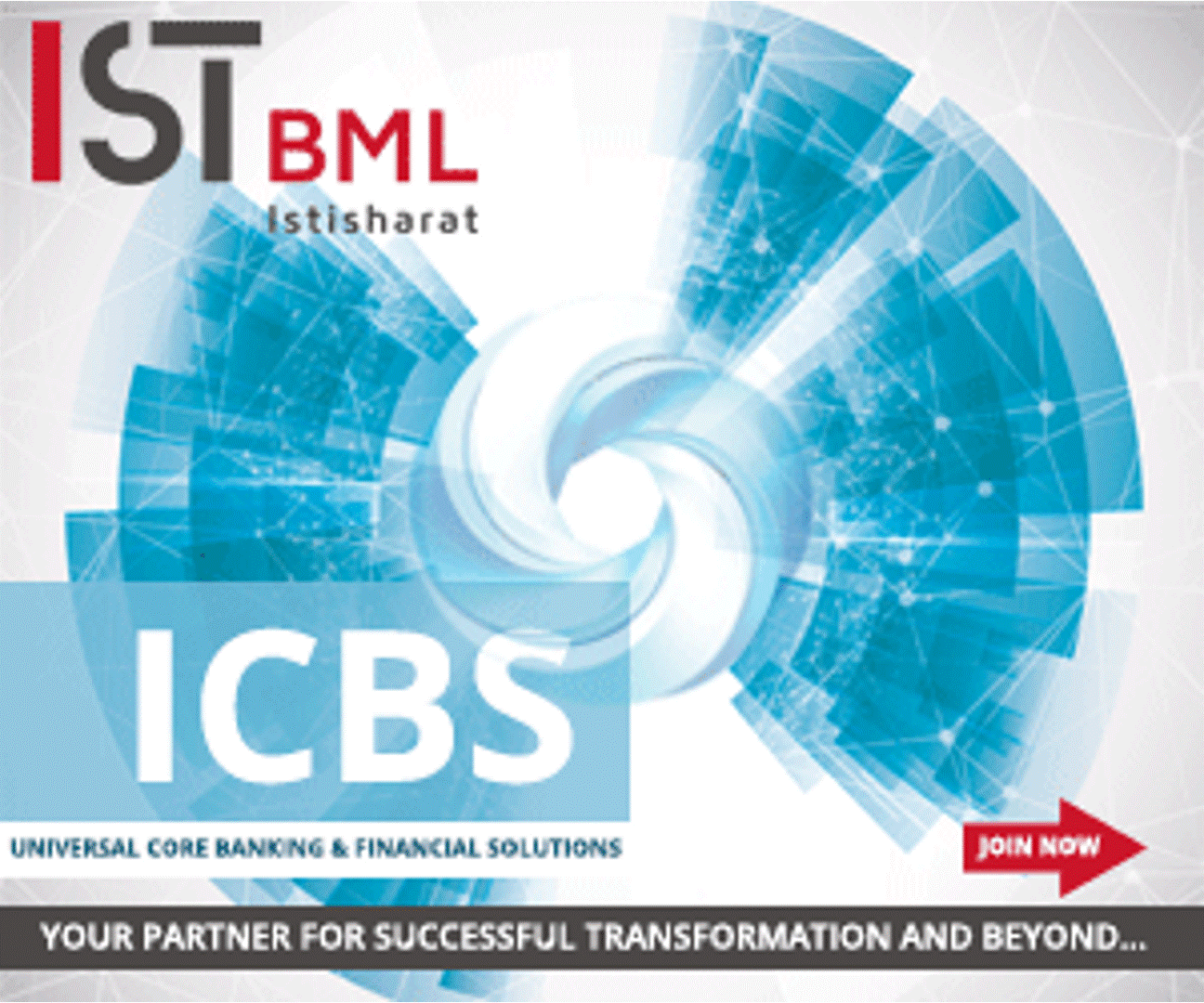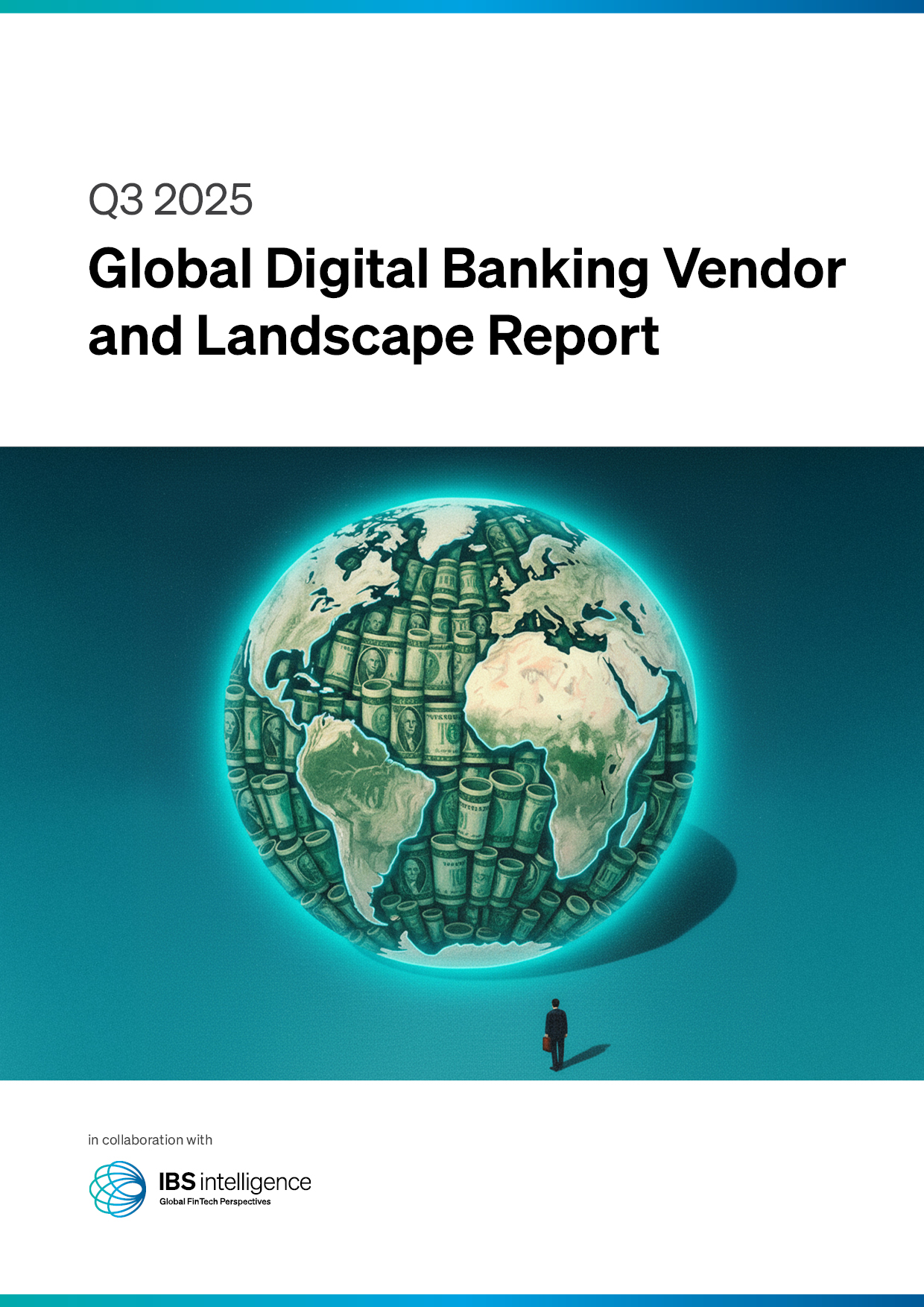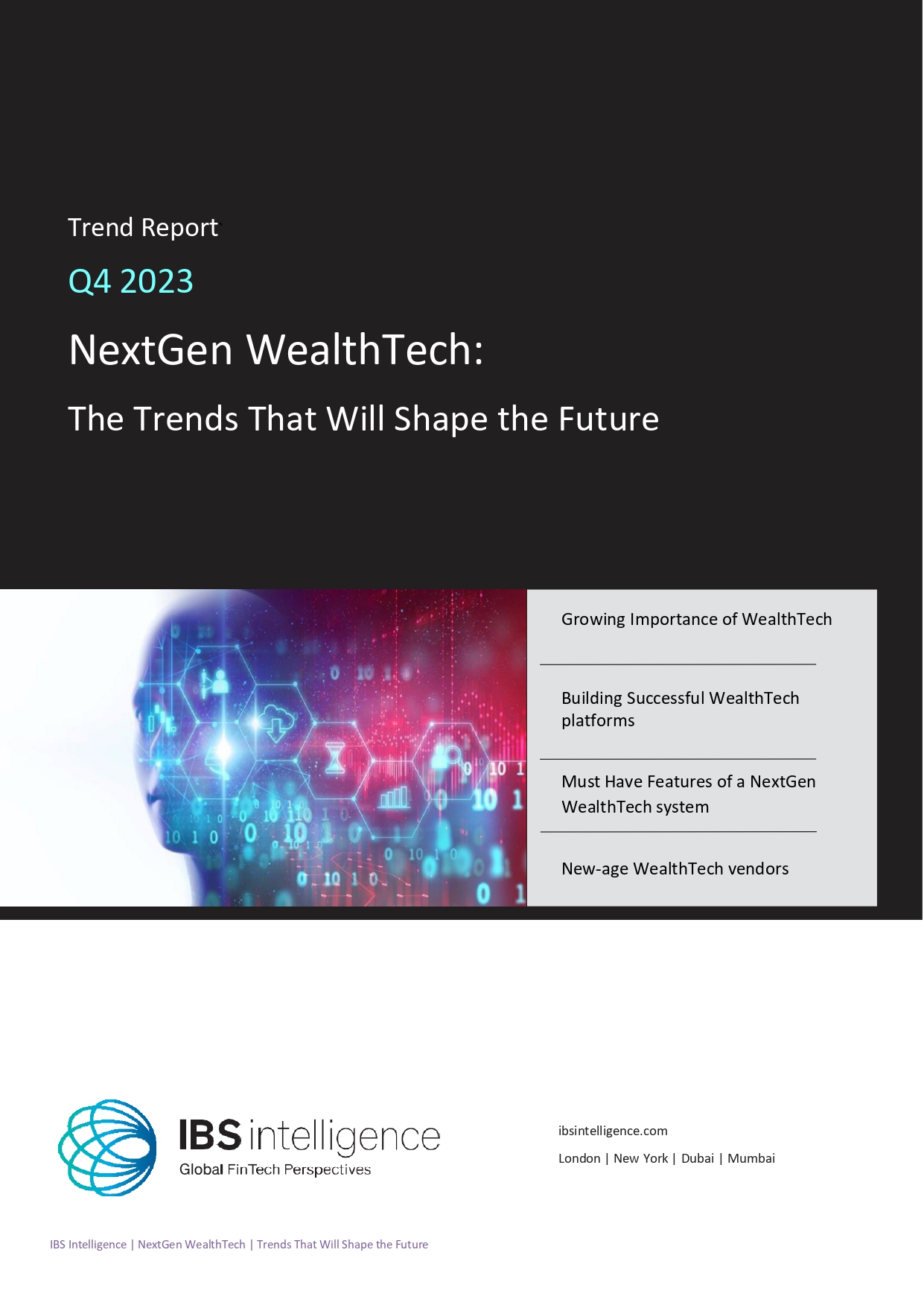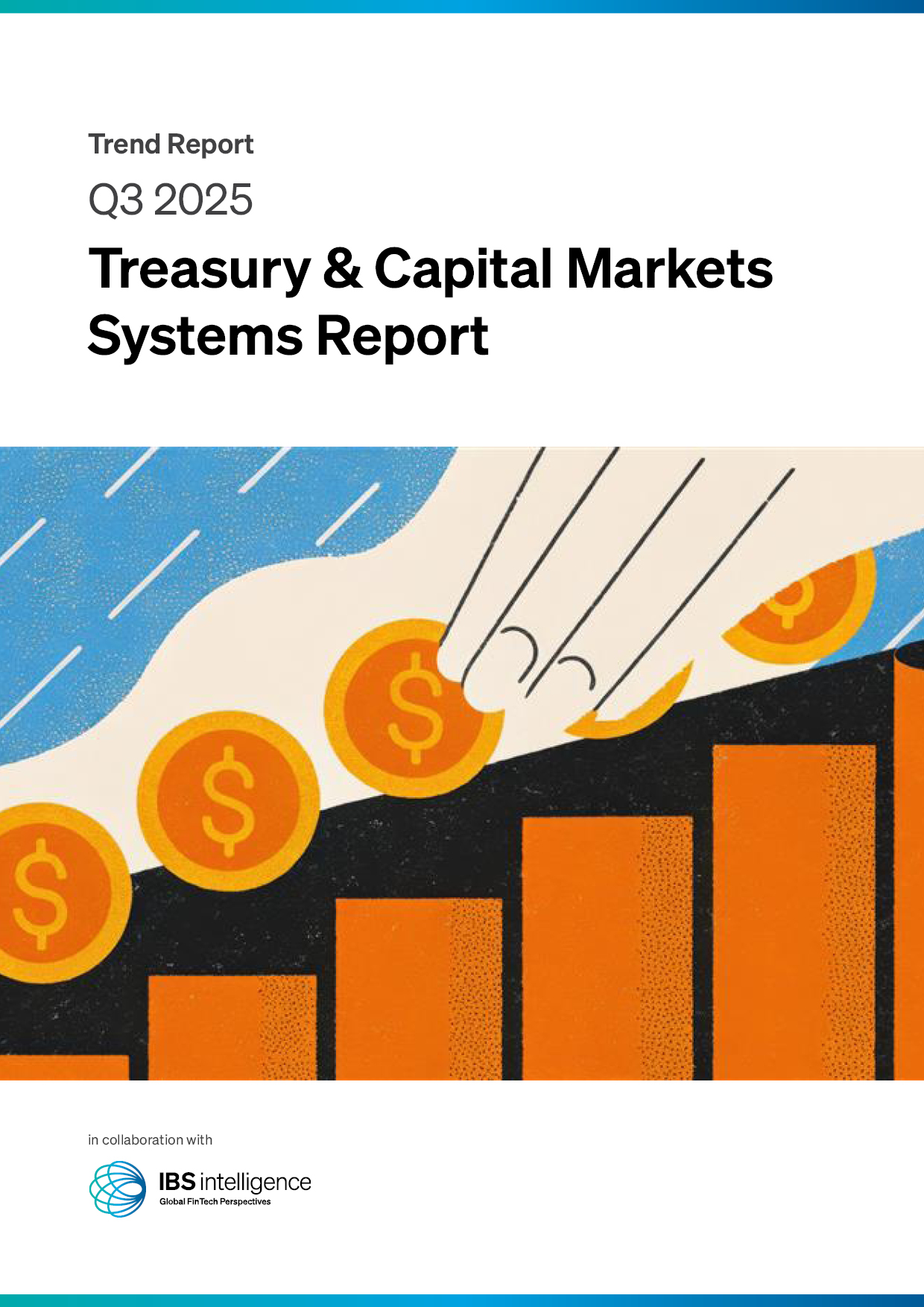 Back
Back
What makes P2P lending an attractive asset?
By Puja Sharma
The global peer-to-peer (P2P) lending market reached a value of $112.9b in 2021. Looking forward, IMARC Group expects the market to reach $525.3b by 2027, exhibiting a CAGR of 28.1% during 2022-2027.
P2P lending refers to a method of online financial arrangement between individuals and businesses without involving banks or financial institutions. People can borrow loans at low-interest rates and flexible terms from this source of funding, which is easily accessible. It facilitates quick and easy loan applications with minimal documentation and no impact on credit scores.
In the top assets ranking, alternative investment instruments give way to traditional ones due to their simplicity and high volatility of the latter. At the same time, P2P lending ranks third in the aggregate of all factors, having proven itself to be a profitable and reliable asset.
Platforms for peer-to-peer lending eliminate the need for physical branches, maintenance, and staff, which results in low financial risks for both lenders and borrowers. Combined with the growing number of small and medium-sized enterprises (SMEs), this plays an important role in stimulating market growth. The market is also being positively influenced by technological advancements such as smart contracts and blockchain, which provide reliable and transparent borrowing and lending services. In addition, consumers are increasingly turning to online lending to avoid lengthy lending processes, which is driving the market’s growth.
According to the latest report by IMARC Group, titled ‘Peer to Peer (P2P) Lending Market Share: Global Industry Trends, Size, Growth, Opportunity and Forecast 2022-2027,’ The global peer to peer (P2P) lending market reached a value of $112.9b in 2021. Looking forward, IMARC Group expects the market to reach $525.3b by 2027, exhibiting a CAGR of 28.1% during 2022-2027.
P2P lending has managed to establish itself as a profitable asset. Experts believe that this instrument can largely replace deposits or bonds in the future. “Such changes may be associated with a long-term historical decline in the yield of traditional instruments, as well as global uncertainty about the future of capital markets,” a Robo. cash analyst commented.
The market’s growth is also driven by low operating costs and minimal market risks for lenders and borrowers. The growth of the market is also fueled by the digitisation of the banking sector, which increases the transparency of traditional banking systems.
Advantages of P2P lending
- Borrowers are often required to make monthly payments on their loans, allowing investors to sit back and watch their returns flow in at regular intervals.
- In the P2P space, you don’t have to be a millionaire to invest.
- As a matter of fact, one of the most attractive aspects of this asset class is that anyone can participate, with options available to fund loan notes as little as $25.
- The ability to manage investment strategies is extremely important for some investors.
- A P2P platform gives investors full control and flexibility, allowing them to choose everything from the type of loan, the length of the term, and the criteria that a borrower must meet to be accepted.
IBSi FinTech Journal
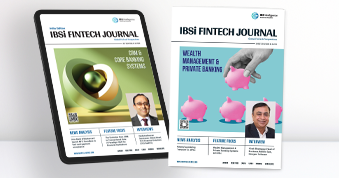
- Most trusted FinTech journal since 1991
- Digital monthly issue
- 60+ pages of research, analysis, interviews, opinions, and rankings
- Global coverage


